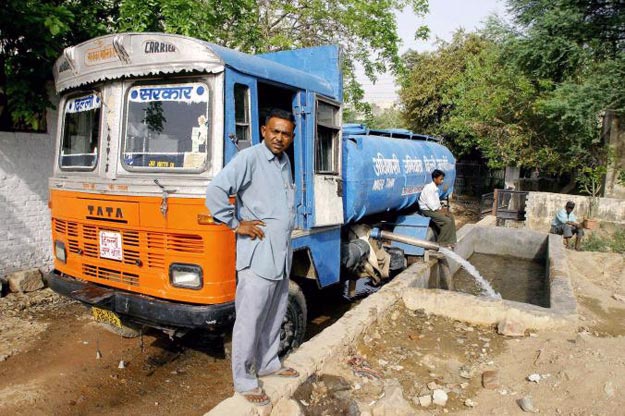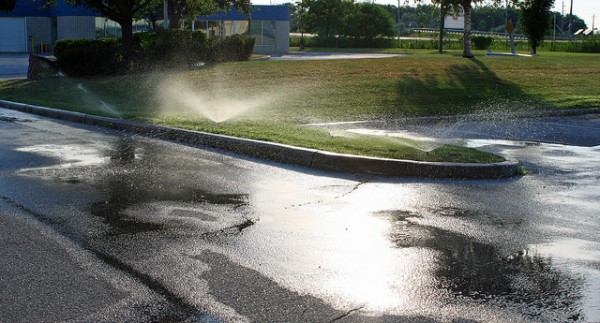Groundwater depletion will soon be as important a factor in contributing to sea-level rise as the melting of glaciers other than those in Greenland and Antarctica, scientists say.

A Tanzanian teenager scoops up muddy water from a well. Many of the world’s aquifers are being pumped out faster than they can replenish, a process that will increase sea level rise.
That’s because water pumped out of the ground for irrigation, industrial uses, and even drinking must go somewhere after it’s used—and, whether it runs directly into streams and rivers or evaporates and falls elsewhere as rain, one likely place for it to end up is the ocean.
To find out how much of an effect this has on sea level, a team of Dutch scientists led by hydrologist Yoshihide Wada, a Ph.D. researcher at Utrecht University, divided the Earth’s land surface into 31-by-31-mile (50-by-50 kilometer) squares on a grid to calculate present and future groundwater usage. Read more





